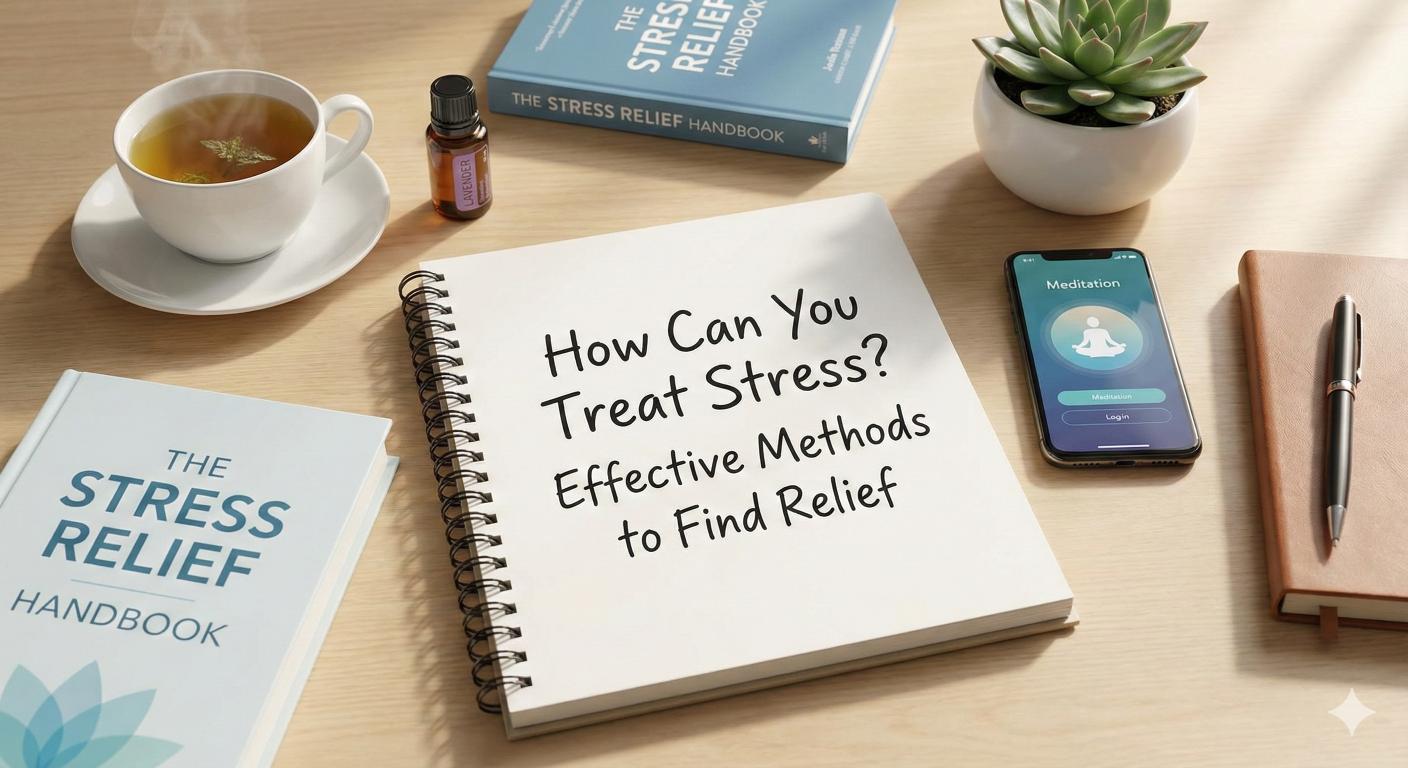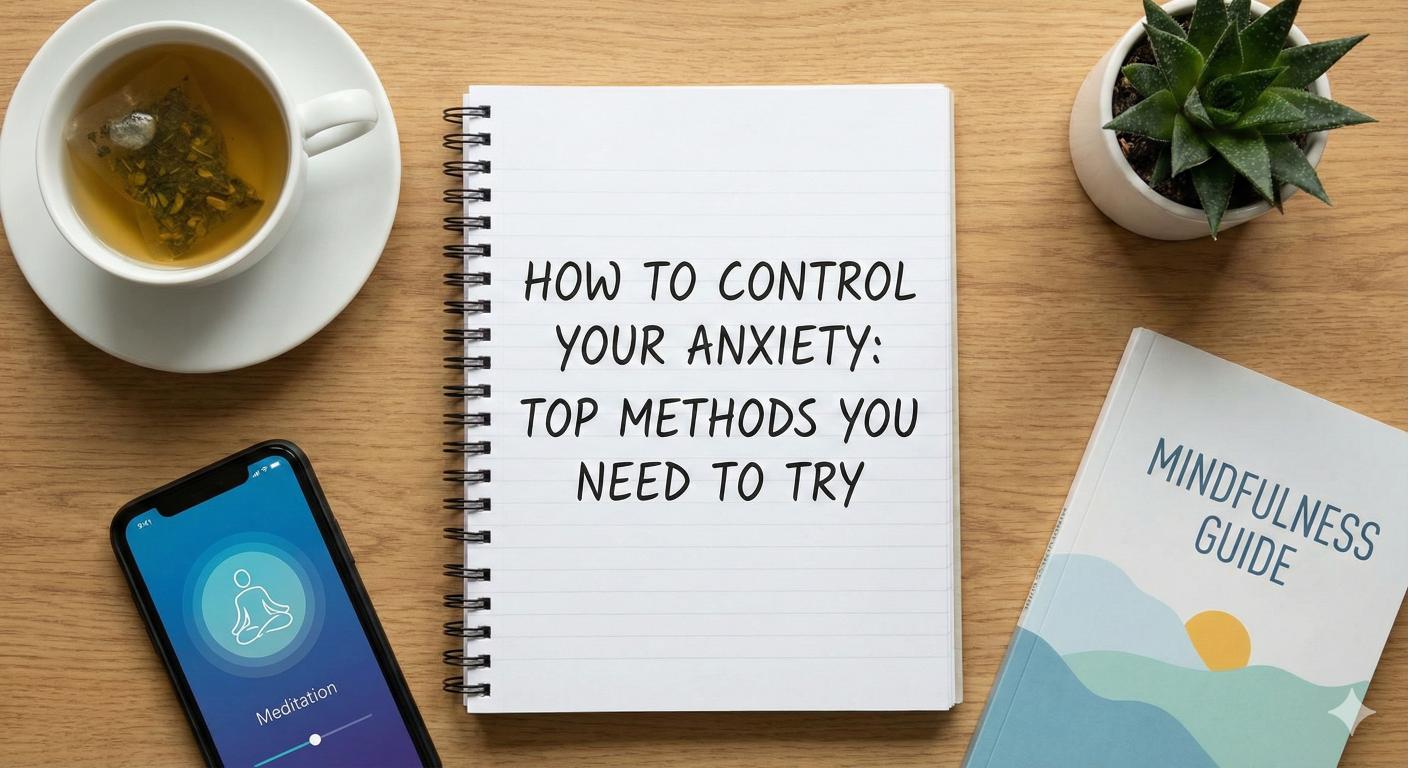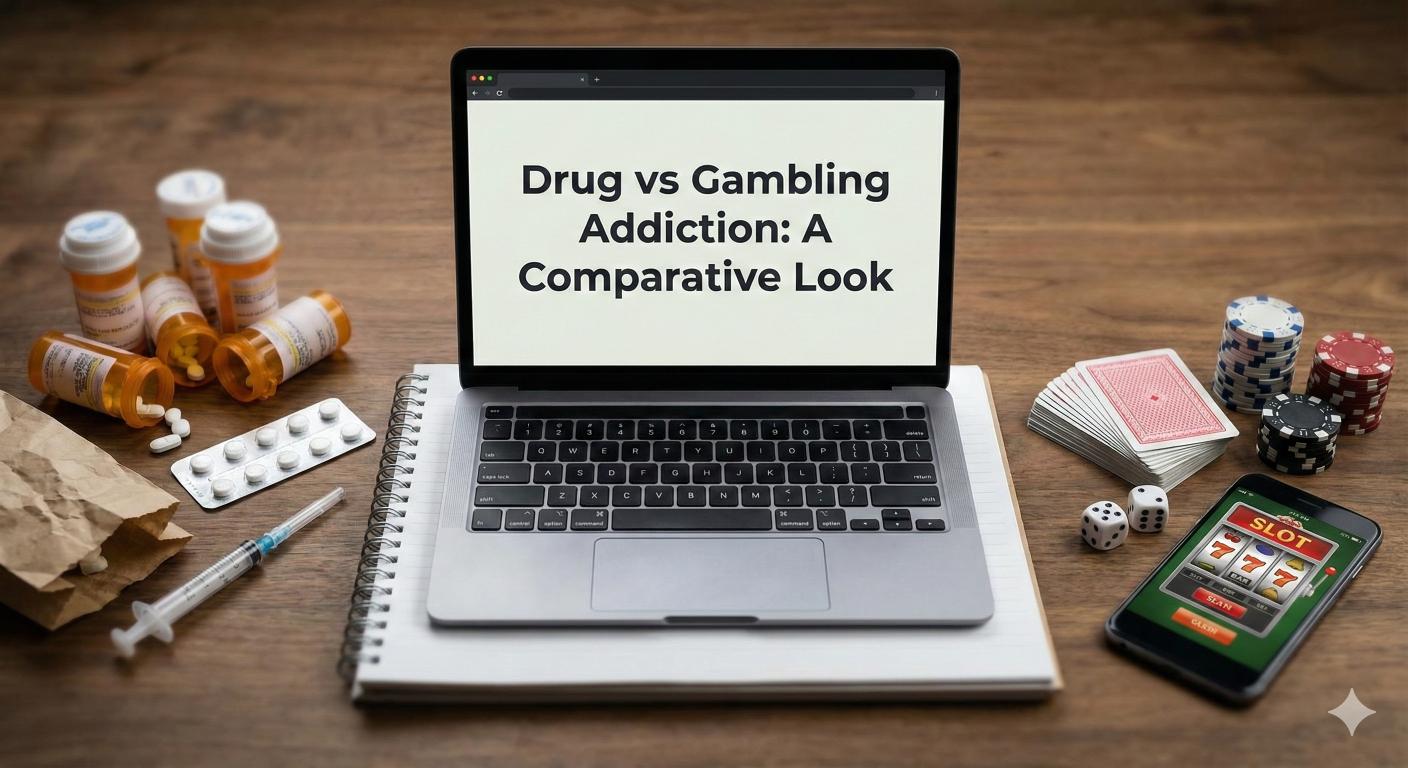Exploring Chronic Pain and Depression Nexus
Discover the link between chronic pain and depression, exploring their intertwined challenges and treatment options.


The Relationship Between Chronic Pain and Depression
Chronic pain and depression often coexist, creating a complex interaction that impacts many individuals. Understanding this association is crucial for effective management and treatment of both conditions.
Understanding the Association
Research has shown that individuals suffering from chronic musculoskeletal pain tend to have higher rates of depression compared to those without pain. A study conducted on patients at a pain clinic revealed that a third of those assessed met the criteria for 'major depression' as defined by the Diagnostic and Statistical Manual (DSM IV) [1]. This highlights the significant link between chronic pain and mood disorders.
The connection between pain and depression is widely accepted, yet diagnostic challenges persist due to the various definitions and assessment methods employed in different studies [1]. Chronic pain functions as a stressor, significantly influencing the development and severity of depression. Findings suggest that up to 85% of individuals with chronic pain may experience severe depressive symptoms. Furthermore, those suffering from depression linked to chronic pain generally exhibit poorer health outcomes compared to those with isolated chronic pain.
The relationship is believed to be bidirectional, complicating the diagnosis. Research indicates uncertainty regarding whether depression is a precursor to, or a consequence of, chronic pain. This necessitates a clear distinction between primary depression with pain and primary pain with depression to enhance understanding and treatment options.
MeasurementImpact on Healthcare CostsSevere Depression+£248 over 3 monthsModerate Depression+£134 over 3 months
Total healthcare costs see significant increases with the presence of depression, emphasizing the need for integrated treatment approaches.
Diagnostic Challenges
Diagnostic hurdles exist due to overlapping symptoms and biological mechanisms of pain and depression. Inflammatory factors play a role in both conditions, suggesting that chronic pain may involve an inflammatory response that is associated with symptoms of depression.
Neurotransmitters also factor into this relationship. Glutamate, along with its receptor subtypes, has been implicated in the pathogenesis of both chronic pain and depression. Imbalances in glutamatergic activity can lead to central hyperalgesia and associated depressive symptoms. This intricate interplay complicates diagnosis and necessitates a comprehensive evaluation to address both chronic pain and depression adequately.
For more insight into depression, explore our article on understanding clinical depression: more than just feeling sad which delves into various aspects of depressive disorders.
Physiological Similarities
Understanding the link between chronic pain and depression involves examining the physiological similarities that exist between the two conditions. These similarities can play a significant role in how both conditions manifest and influence one another.
Shared Neurotransmitters
The presence of shared neurotransmitters, such as noradrenaline and serotonin, is a key factor connecting chronic pain and depression. These monoamine neurotransmitters are essential for the occurrence and development of both pain and depressive symptoms. Altering the activity of these neurotransmitters can lead to both antidepressant and analgesic effects [2]. Additionally, glutamate and its receptor subtypes, including N-methyl-D-aspartic acid (NMDA) and α-amino-3-hydroxy-5-methyl-4-isoxazolepropionic acid (AMPA), are also implicated in both conditions, indicating a deeper physiological connection.
The following table summarizes the neurotransmitters associated with both chronic pain and depression:
NeurotransmitterRole in Chronic PainRole in DepressionSerotoninModulates pain perceptionRegulates moodNoradrenalineInfluences the body's response to painAffects stress and anxiety responsesGlutamateInvolved in neuronal excitability related to painMay impact mood regulation and cognitive function
Impact of Antidepressants
Antidepressants that target these neurotransmitters can offer relief from both depressive symptoms and chronic pain, regardless of the presence of depression. Medications that focus on norepinephrine and serotonin systems have been shown to provide analgesic benefits, making them effective in treating individuals experiencing both conditions [1].
Furthermore, benzodiazepines may have therapeutic effects in managing chronic pain, especially in cases of neuropathic and inflammatory pain, and they may concurrently offer antidepressant properties, providing another link within this complex interplay between chronic pain and depression.
Understanding the interplay of these neurotransmitters and the effects of medications is crucial in addressing the comprehensive care needed for individuals facing challenges related to both chronic pain and depression. Further exploration into this connection can provide insights into effective treatments and support for those navigating these intertwined conditions.
Effects on Functioning
Chronic pain and depression create significant challenges in various aspects of an individual's life. The interplay between these two conditions has considerable implications for social interactions, physical abilities, and healthcare utilization.
Social and Physical Implications
Individuals grappling with both chronic pain and depression often experience diminished social functioning. This decline affects work participation, social interactions, and engagement in physical activities. As noted in research, decreased motivation and compliance with treatment can arise due to the compounded effects of these conditions [1].
The following table illustrates the impact of comorbidity on functioning:
AspectWith DepressionWithout DepressionWork AbsenceIncreasedLowerSocial EngagementDecreasedHigherPhysical ActivityLimitedMore Active
Individuals with concurrent chronic pain and depression are also more likely to experience worse health outcomes compared to those with chronic pain alone. Research suggests that effectively treating depression can lead to improvements in mental health and reduce pain-related interference with work [5].
Healthcare Utilization
The combination of chronic pain and depression leads to increased healthcare costs and utilization. Those who meet the criteria for depression are more prone to seek medical assistance and tend to incur higher healthcare expenses. It has been found that such individuals experience greater pain-related interference with daily functioning, more generalized pain, and lower pain acceptance [4].
Patients dealing with these dual challenges also exhibit higher rates of disability. The following table summarizes the healthcare utilization patterns among these individuals:
ParameterPatients with DepressionPatients without DepressionHealth Care VisitsMore FrequentLess FrequentTreatment CostsHigherLowerRate of DisabilityIncreasedDecreased
Addressing depression within chronic pain populations is crucial. Effective treatment can improve overall mental health and reduce the interference of pain on functioning. For those interested in learning more about the nuances of depression, resources on understanding clinical depression: more than just feeling sad and types of depressive disorders explained offer valuable insights.

Comorbidity with Anxiety
Chronic pain often coexists with various psychological conditions, including anxiety. Understanding the relationship between these conditions can shed light on the complexities of treatment and management.
Common Psychological Comorbidity
Anxiety disorders rank as the second most prevalent psychological comorbidity in chronic pain cases, following depression. Research indicates that anxiety and depression frequently occur together, complicating pain treatment. This co-occurrence can exacerbate patients’ overall suffering and impede their recovery process.
The prevalence of major depressive disorder is substantially higher in individuals with chronic pain. For example, patients with conditions like fibromyalgia have a major depressive disorder prevalence that is almost three times higher than those without such pain problems.
ConditionDepression Prevalence Rate (%)Chronic Pain PatientsUp to 49.1Fibromyalgia PatientsNearly three times higher
Patients suffering from both chronic pain and depression are significantly affected. They are more likely to experience greater work absence, demonstrate lower pain acceptance, and require more healthcare resources [4].
Treatment Challenges
The co-occurrence of chronic pain, anxiety, and depression presents several challenges for effective treatment. The presence of anxiety can lead to increased sensitivity to pain, complicating management strategies. Traditional pain management may not address the psychological aspect effectively, leading to suboptimal outcomes.
Patients with this comorbidity are often less likely to adhere to treatment plans, which can stem from feelings of hopelessness associated with depression or heightened anxiety regarding their condition. Consequently, treatment approaches need to be carefully tailored to address all aspects of the patient’s mental health alongside their physical pain.
Integrating psychological therapies like cognitive-behavioral therapy (CBT) with pain management protocols may enhance treatment outcomes for individuals facing this dual challenge. This comprehensive approach can help both relieve the psychological burden and improve the effectiveness of physical pain management strategies.
Understanding the link between chronic pain and depression is essential for developing effective treatments that address both physical and mental health needs comprehensively.

Prevalence in Chronic Pain
Statistics and Findings
Research indicates a significant link between chronic pain and depression. Approximately 36% of individuals experiencing chronic pain also report symptoms of depression NCBI. Furthermore, a study conducted by Magni et al. found that those suffering from chronic pain are three times more likely to fit the criteria for depression than individuals without chronic pain. This underscores the critical association between physical and mental health.
A study from India revealed that the prevalence of chronic pain was around 13%, primarily affecting the knees, legs, and joints. The findings highlighted the detrimental effects of chronic pain on maintaining relationships and living independently PMC.
StudyPercentage of Chronic Pain Patients with DepressionGeneral Findings36%Magni et al. Study300% increase in likelihood of depression
Predictors of Depression
Certain factors influence the likelihood of developing depression among chronic pain patients. Pain disability is a significant predictor, with patients suffering from moderate to severe pain experiencing heightened depressive symptoms and worse outcomes. This includes a decline in quality of life, reduced work capabilities, and increased healthcare utilization JAMA Network.
Additional research illustrates that depression amplifies disability in chronic pain populations and correlates with increased healthcare costs and negative perceptions of pain. This creates an economic burden and an enhanced risk of chronicity. Moreover, depression negatively impacts treatment efficacy and is also linked to suicide attempts PubMed Central.
Understanding these predictors is vital for recognizing individuals at higher risk for depression and implementing early interventions. For more information on mental health conditions, visit our articles on understanding clinical depression and types of depressive disorders explained.

Psychotherapy for Relief
Psychotherapy has emerged as an effective approach for managing the link between chronic pain and depression. Methods such as Cognitive-Behavioral Therapy (CBT) and Cognitive Functional Therapy (CFT) have been shown to significantly improve the prognosis for individuals suffering from chronic pain-induced depression. These therapies not only aid in coping with emotional distress but also enhance overall functional status.
Cognitive-Behavioral Therapy (CBT)
Cognitive-Behavioral Therapy (CBT) focuses on identifying and altering negative thought patterns and behaviors that contribute to the perception of pain and feelings of depression. By employing this technique, patients learn coping strategies to manage both their emotional responses and physical symptoms associated with chronic pain.
Numerous studies underscore the effectiveness of CBT for individuals struggling with the dual challenges of chronic pain and depression. Research indicates that CBT can lead to improved pain management and overall quality of life. This therapy encourages individuals to engage in techniques that help reduce the emotional impact of chronic pain, ultimately allowing for a more active and fulfilling life.
Table: Benefits of Cognitive-Behavioral Therapy (CBT)
BenefitDescriptionImproved coping strategiesHelps individuals manage thoughts and emotions effectivelyReduced pain perceptionAlters the way pain is experienced and perceivedEnhanced quality of lifeEncourages engagement in daily activities and relationships
Cognitive Functional Therapy (CFT)
Cognitive Functional Therapy (CFT) is another promising approach for individuals experiencing the nexus of chronic pain and depression. This therapy combines cognitive behavioral principles with functional assessments, addressing both the psychological and physical aspects of pain. CFT focuses on understanding the relationship between thoughts, feelings, and bodily functions, helping patients develop better coping mechanisms and improve their physical capabilities.
CFT aims to foster adaptive responses to pain while enhancing functional abilities. Studies have shown that CFT is effective in reducing pain and improving the quality of life for those with chronic pain-induced depression.
Table: Benefits of Cognitive Functional Therapy (CFT)
BenefitDescriptionIntegrated approachCombines cognitive techniques with physical therapy strategiesFocus on movementEncourages safe movement and activity, reducing the fear of painImproved emotional responsesSupports healthier emotional management related to pain and depression
In summary, both CBT and CFT are crucial therapeutic interventions when addressing the psychological aspects of chronic pain and its comorbid conditions. Regular assessment for psychiatric disorders is vital in chronic pain patients, as the prevalence of depression can be as high as 49.1% [6]. Incorporating these therapies can lead to substantial improvements in mental health, effectively alleviating some of the interconnected symptoms of pain and depression. For further insights into understanding clinical depression, please visit our articles on understanding clinical depression: more than just feeling sad and other specific types of depressive disorders such as major depressive disorder.
References
[2]:
[3]:
[4]:
[5]:
[6]:
More Resources
A team ready to start your journey.
Get in touch — today.
We are a safe space – a haven for exceptional individuals to receive discreet, personalized, in-person treatment and care.
.avif)










